How to Stay Alive in Avalanche Terrain, Courtesy of the Pros
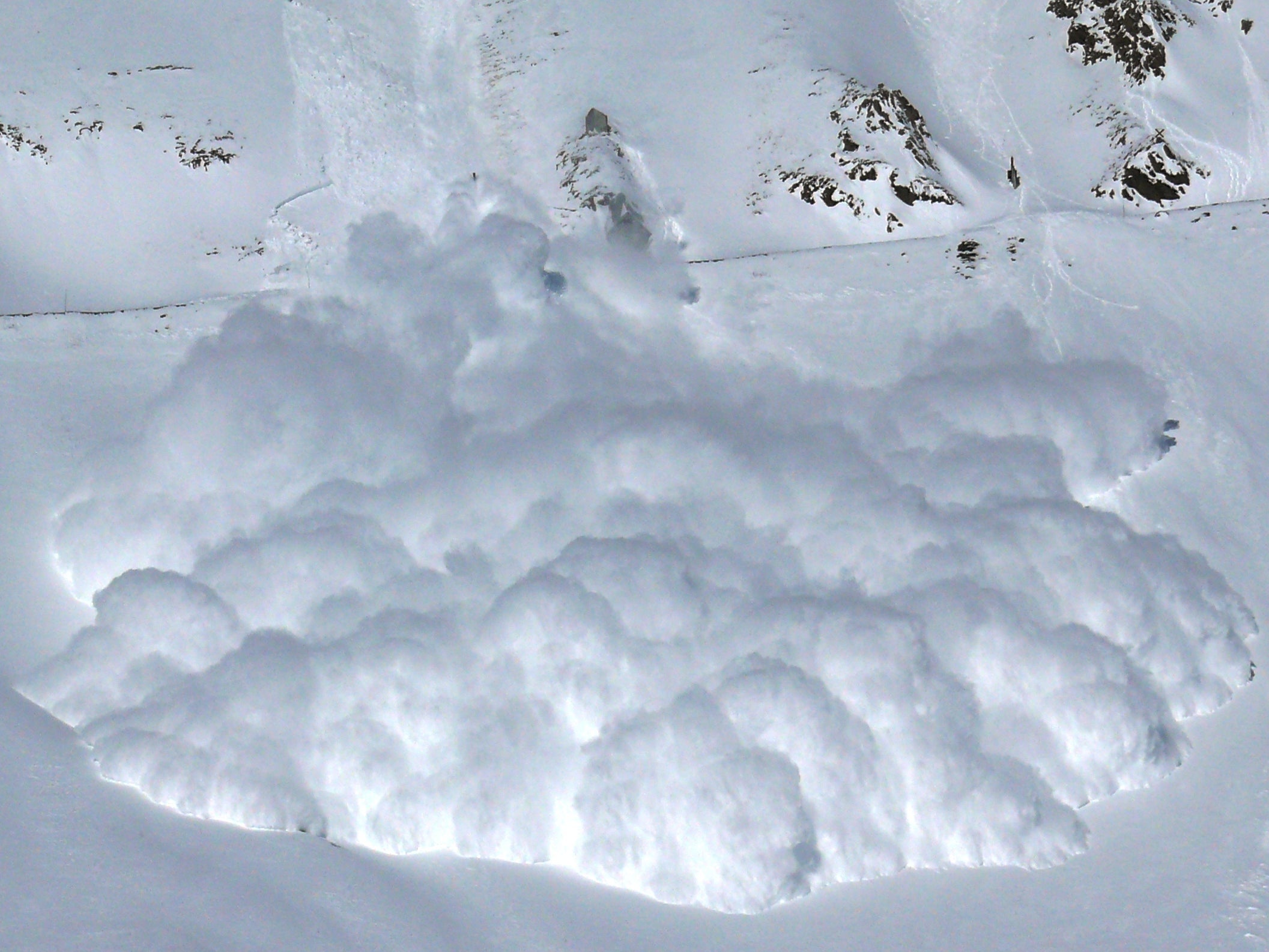
'Scientif38'
Ski touring is one of the best ways to experience uncrowded wilderness in winter, and its popularity is steadily growing. With increasing participation comes increasing risk, though, and like all outdoor activities it’s essential to be prepared before heading out. We asked four lifers for their favorite tips and gear for staying safe in the backcountry.
The Expert: Mike Rheam
Head of Safety at Jackson Hole Mountain Resort and lead forecaster at Bridger-Teton Avalanche Center.
Years on the job: 22
Favorite place to tour: “The terrain off the top of Teton Pass is as good as it gets. It has nice runs with consistently good snow, slope angles of 25 to 35 degrees, and beautiful views.”
Best backcountry safety tip: “Just because someone has skied a slope before you, that doesn’t mean it’s safe. Don’t confuse a risky decision and getting lucky with good practices. Exercise patience when skiing in tricky terrain with any avalanche risk.”
Essential piece of gear: “An airbag pack is quite helpful, if you can afford it. There is real data that shows it makes a difference. The extra weight isn’t fun, but it’s worth it.”
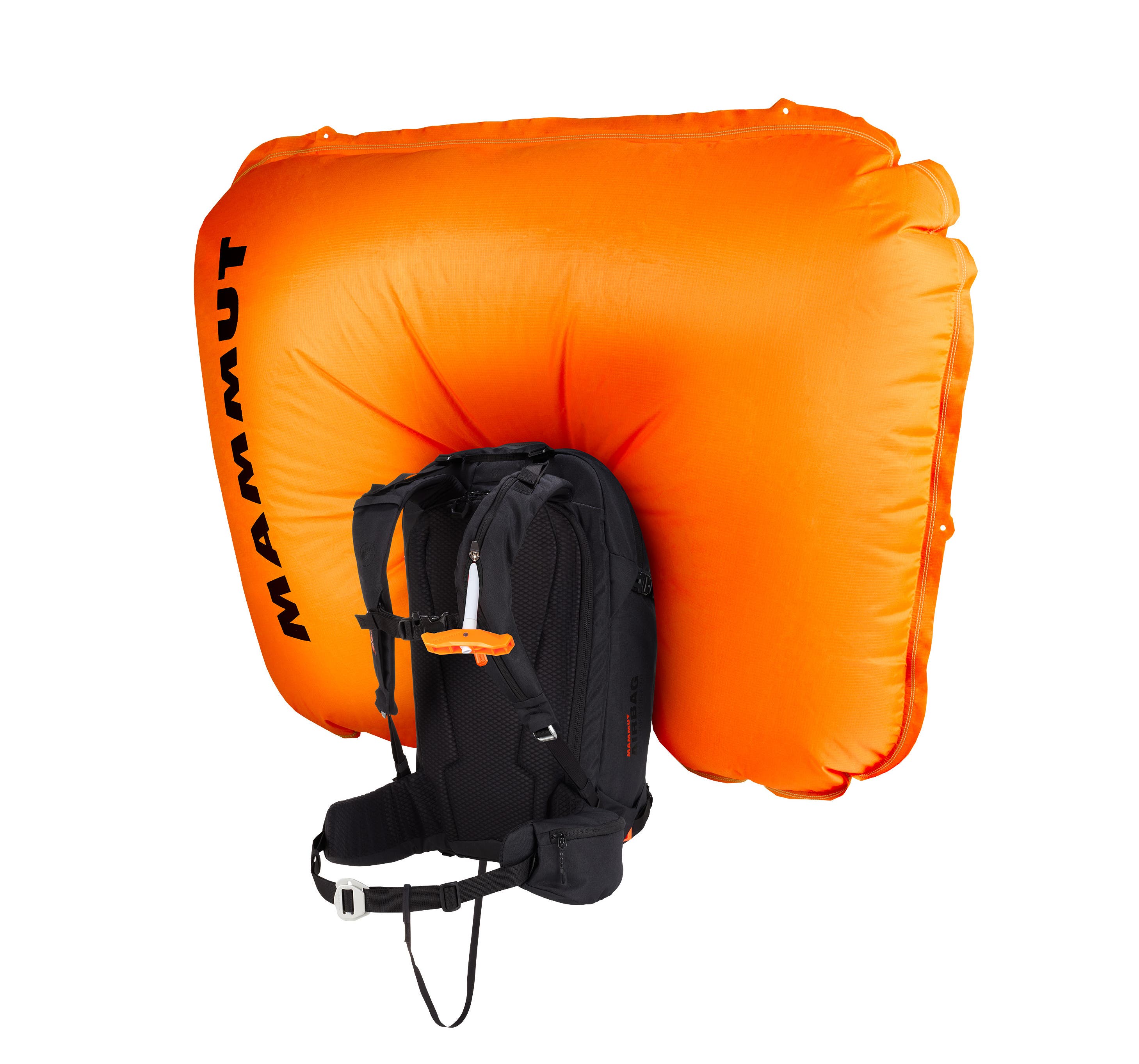
BACKPACKER pick: At 35 liters the Mammut Pro X Removable Airbag 3.0 is a good all-around size for day tours and hut overnights. We also like the zippered backpanel for easy gear access and the easy-to-use, secure helmet- and ski-carry systems.
The Expert: Aaron Hartz
AMGA ski guide and avalanche forecaster with the Central Oregon Avalanche Association
Years on the job: 5
Favorite place to tour: “Broken Top, outside of Bend, Oregon.”
Best backcountry safety tip: “Get an understanding of what avalanche terrain is. Once you can identify what is avalanche terrain and what is not, you can make better decisions in the backcountry. You can avoid most avalanche danger by staying off slopes that are 30 degrees and steeper, and away from areas that are under steep slopes as well.”
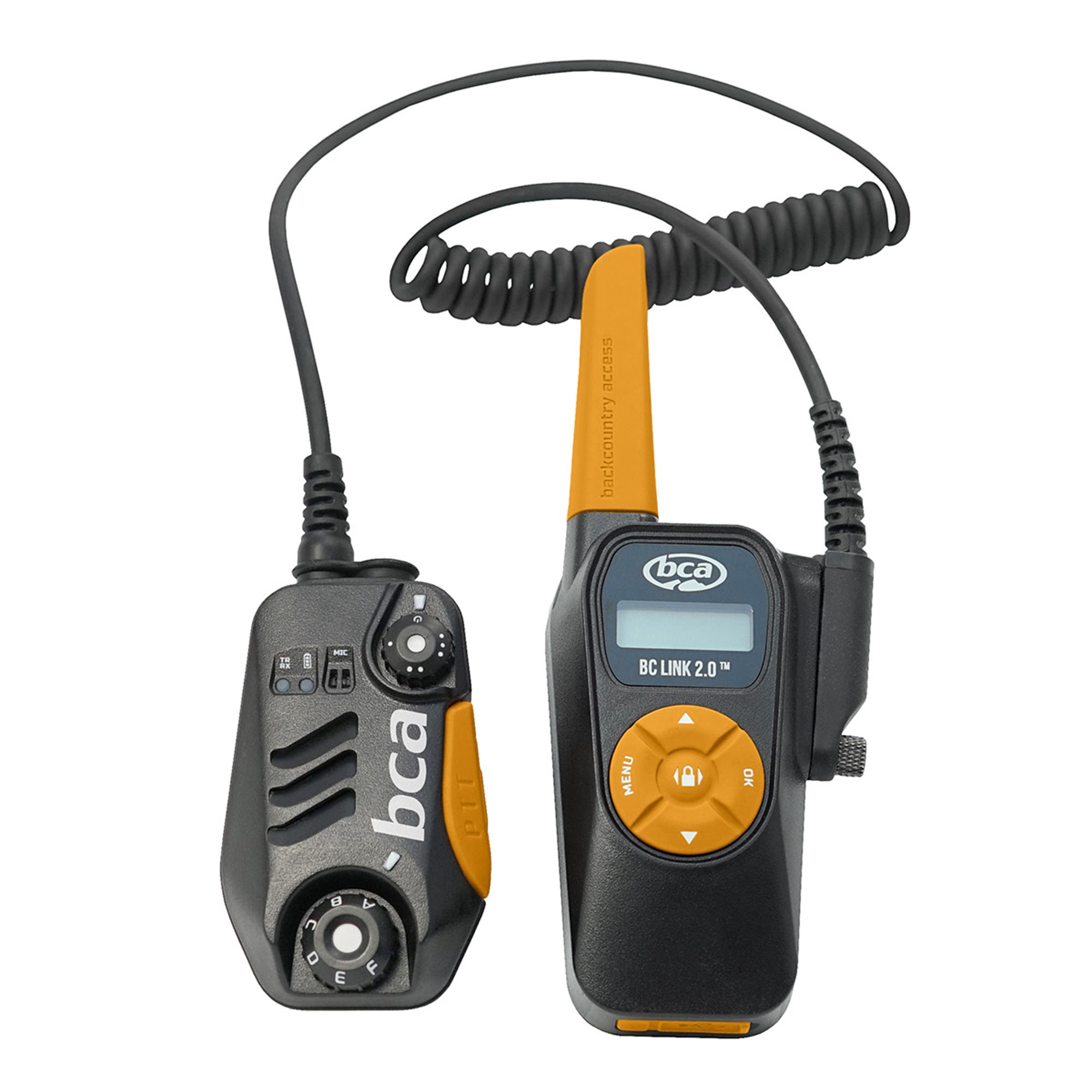
Essential piece of gear: “Have a few two-way radios in every touring group. Communication can be tough in the backcountry and often we don’t have cell service. Radios can go a long way toward keeping everyone safe.”
BACKPACKER pick: We often use the Backcountry Access BC Link 2.0 2-Way Radios, because they’re easy to program, durable, and have a long battery life.
The Expert: Ben Pritchett
AMGA ski guide and avalanche forecaster for the Colorado Avalanche Information Center
Years on the job: 19
Favorite place to tour: “A secret line in the Crested Butte backcountry, into the Dark Canyon of Anthracite Creek. That’s all I can say!”
Best backcountry safety tip: “Each time you head to the backcountry, take a look at the avalanche forecast before you go. Go to Avalanche.org for a national list of all the available daily backcountry avalanche forecasts. You can find detailed information about the current avalanche danger, what kinds of avalanches you might expect, and specific travel advice on how to avoid triggering or getting caught in a slide.”
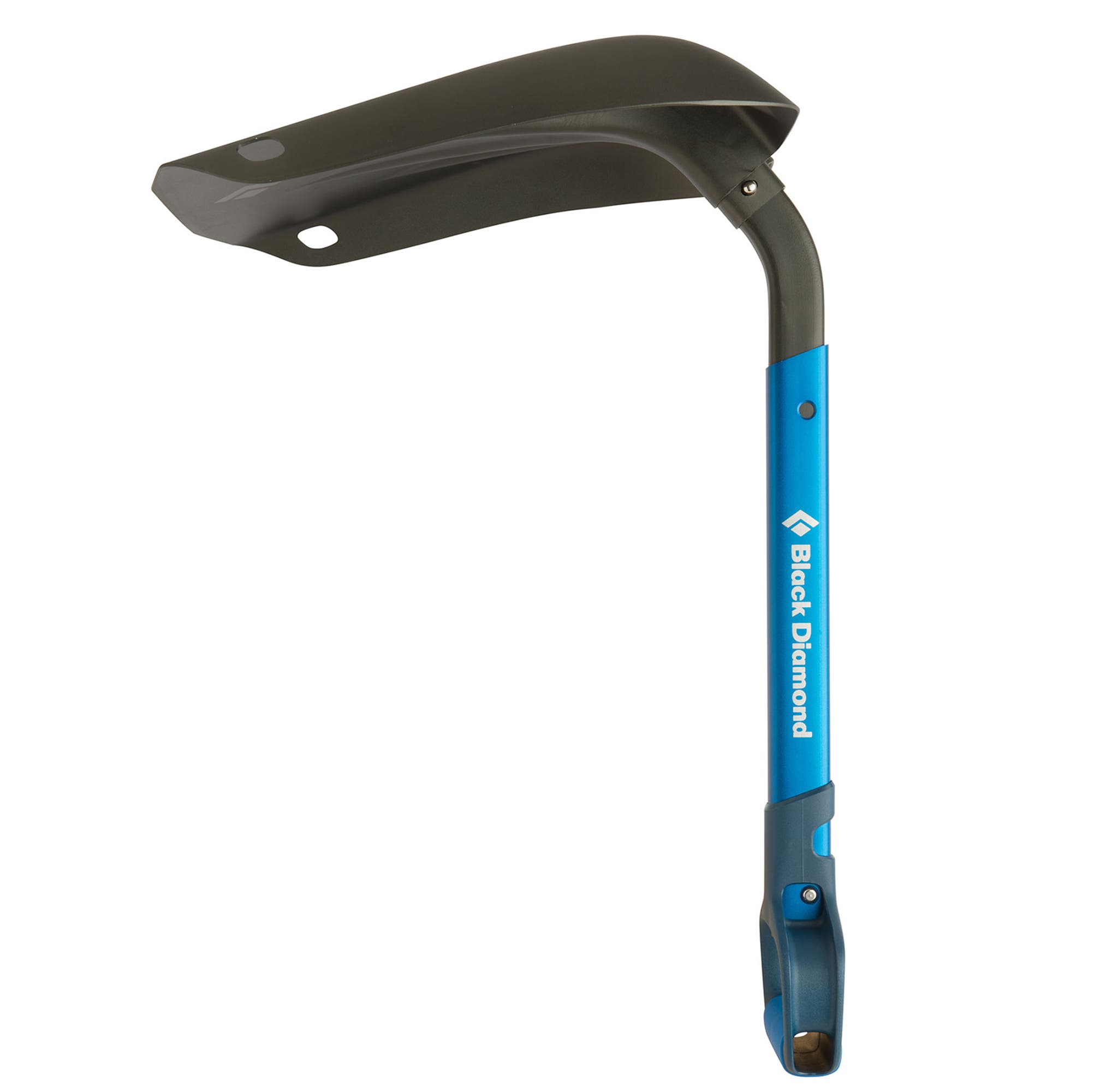
Essential piece of gear: “A strong shovel. Some shovels out there feel like undersized toys, and you need a real work tool for moving lots of snow to save a life in the event of a burial.”
BACKPACKER recommends: The Evac 7 from Black Diamond is used by pros everywhere, due to its sturdy construction and ability to convert into a hoe for moving snow.
The Expert: Doug Chabott
Avalanche specialist at the Gallatin National Forest Avalanche Center
Years on the job: 25
Favorite place to tour: “Near Cooke City, Montana. It’s a slice of Alaska in the lower 48.”
Best backcountry tip: Only put one person at a time in avalanche terrain (a steep slope). This way, if someone is caught in a slide, the rest of the party is safe to do a rescue.
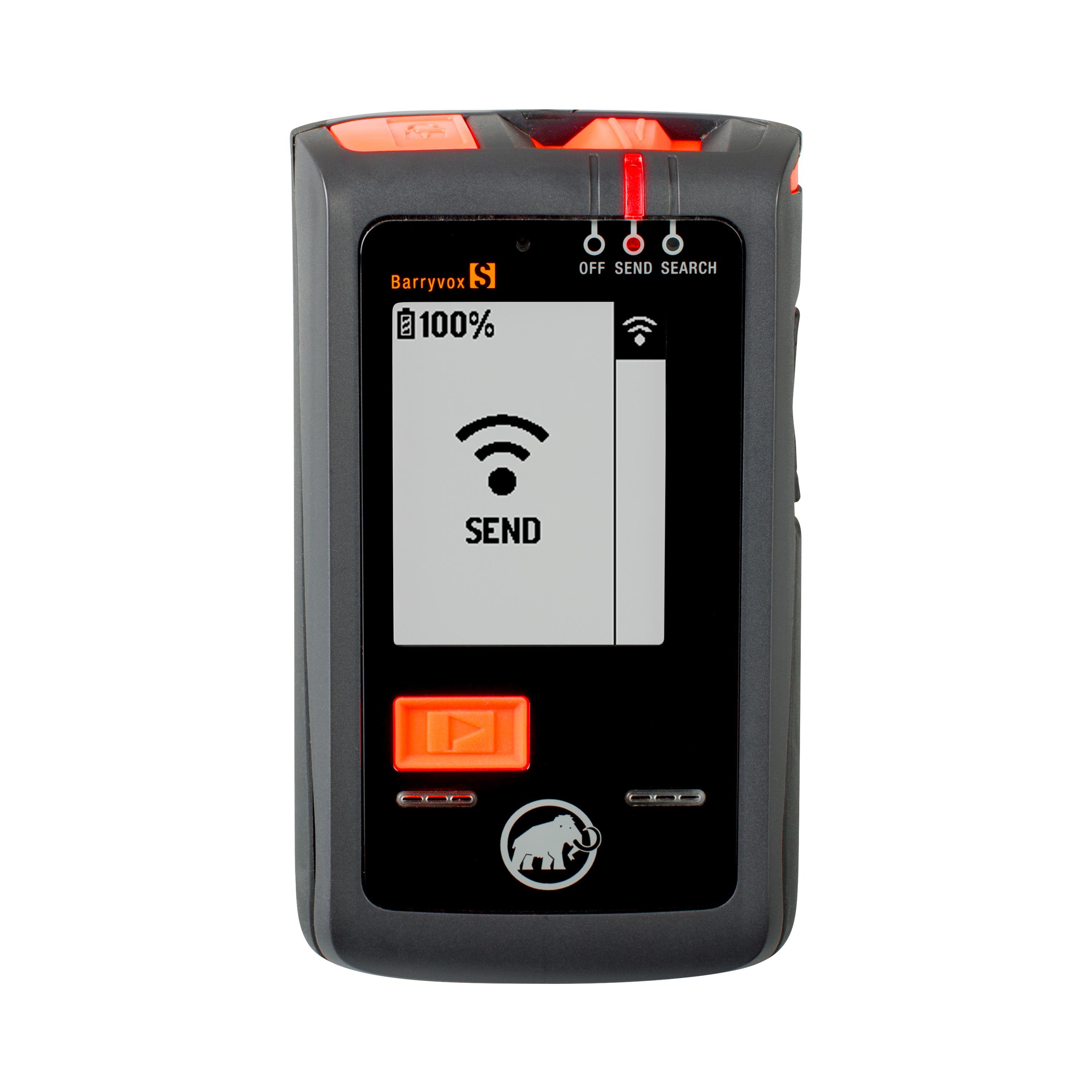
Essential pieces of gear: “Everyone needs an avalanche beacon, a shovel, and a probe. This is the basic equipment we carry in case someone is buried in an avalanche.”
BACKPACKER recommends: For a beacon, Barryvox S from Mammut is a great all-rounder. It’s compact, intuitive to use, and has a top-of-the-line 70-meter range.